June 26, 2023
The week in photos: 150 years of the Beal Botanical Garden
2023 marks an impressive milestone for an MSU icon and the oldest continuously operated university botanical garden in the United States — the W.J. Beal Botanical Garden is celebrating its 150th anniversary. The garden has connected generations of Spartans, providing a space for research and learning as well as enjoyment of and engagement with nature for all. For this special edition of the week in photos, we invite you to take a journey through Beal Botanical Garden, admiring its natural beauty and impressive growth over a century and a half on campus.
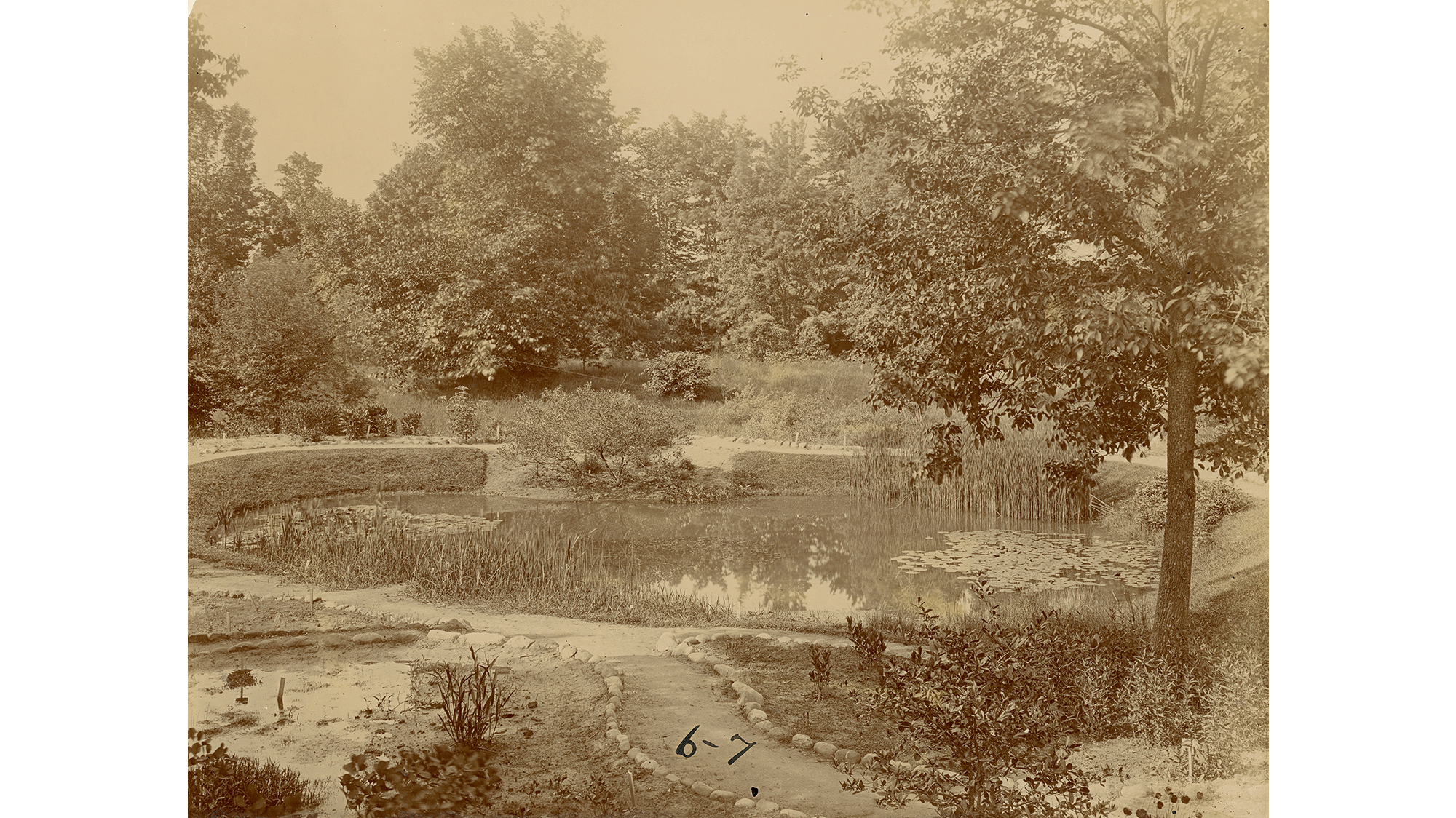


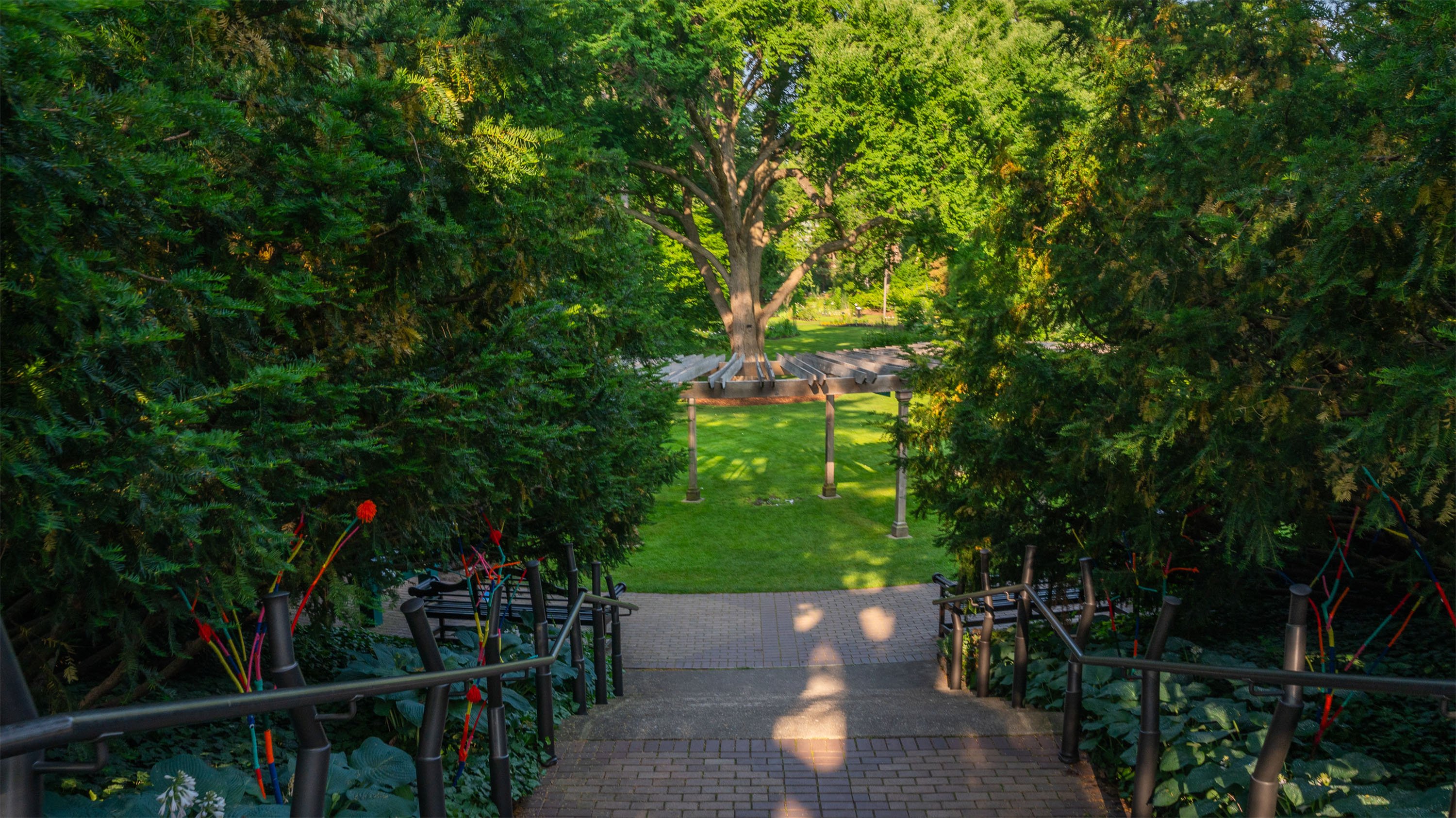
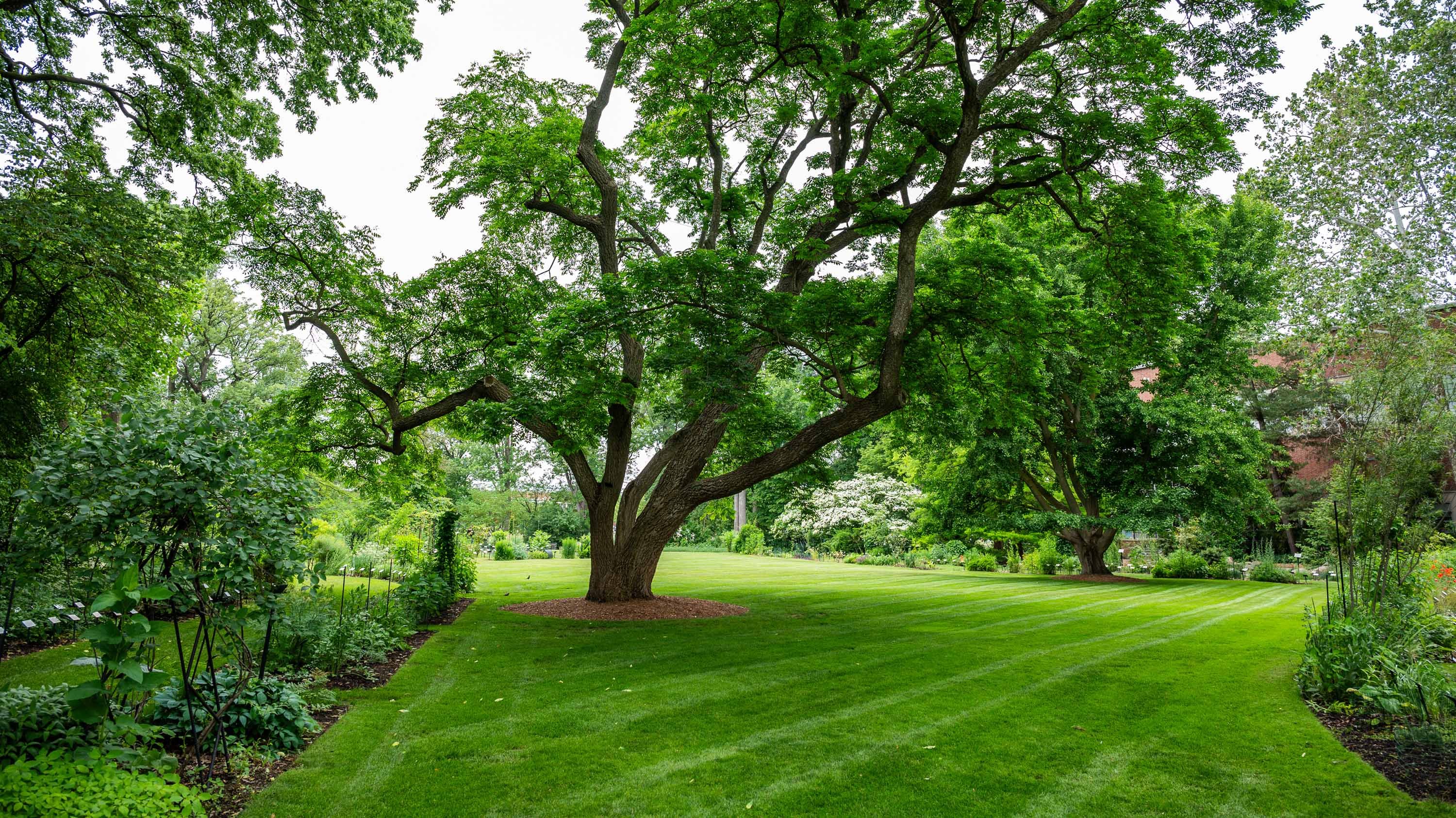

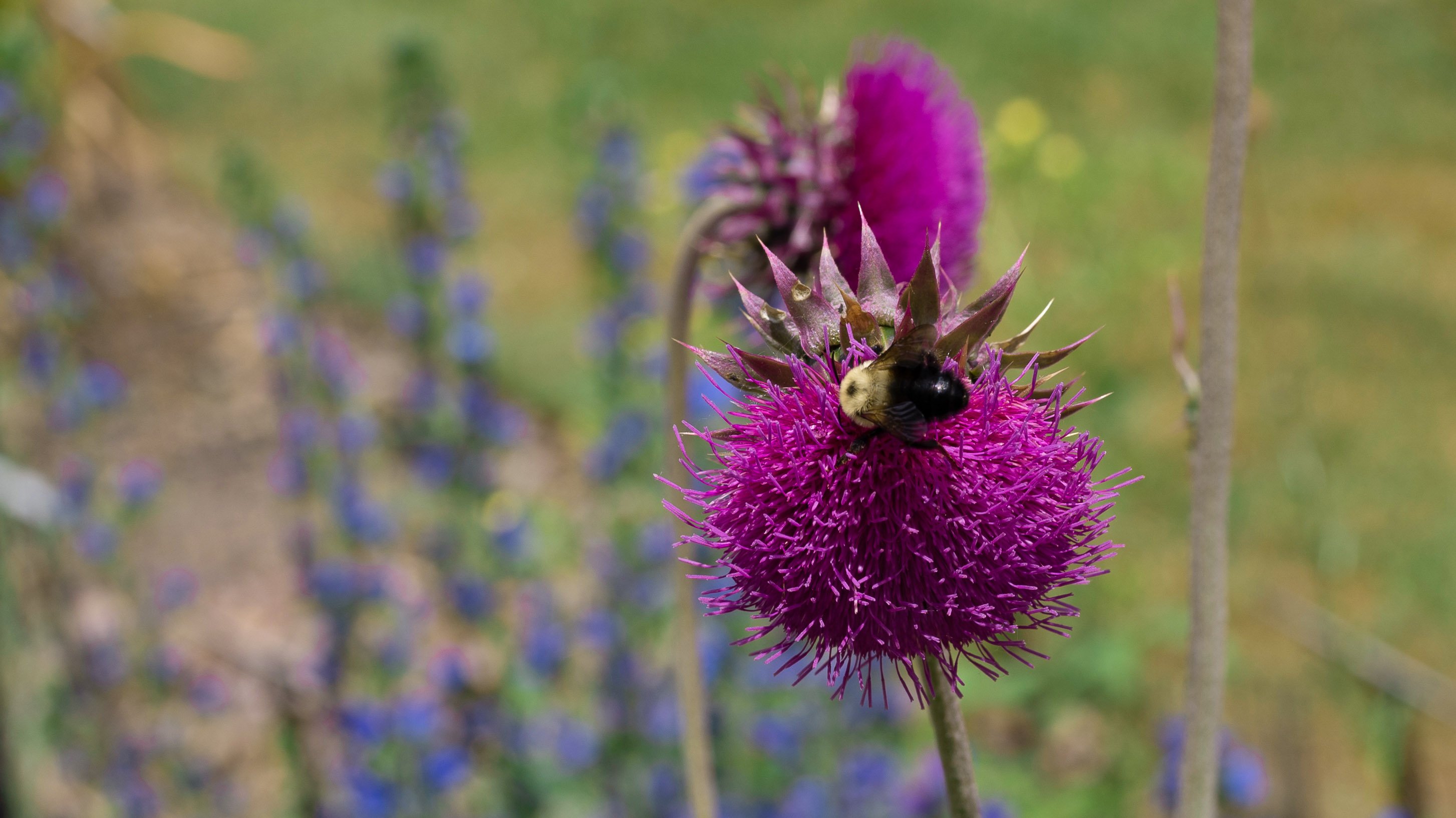



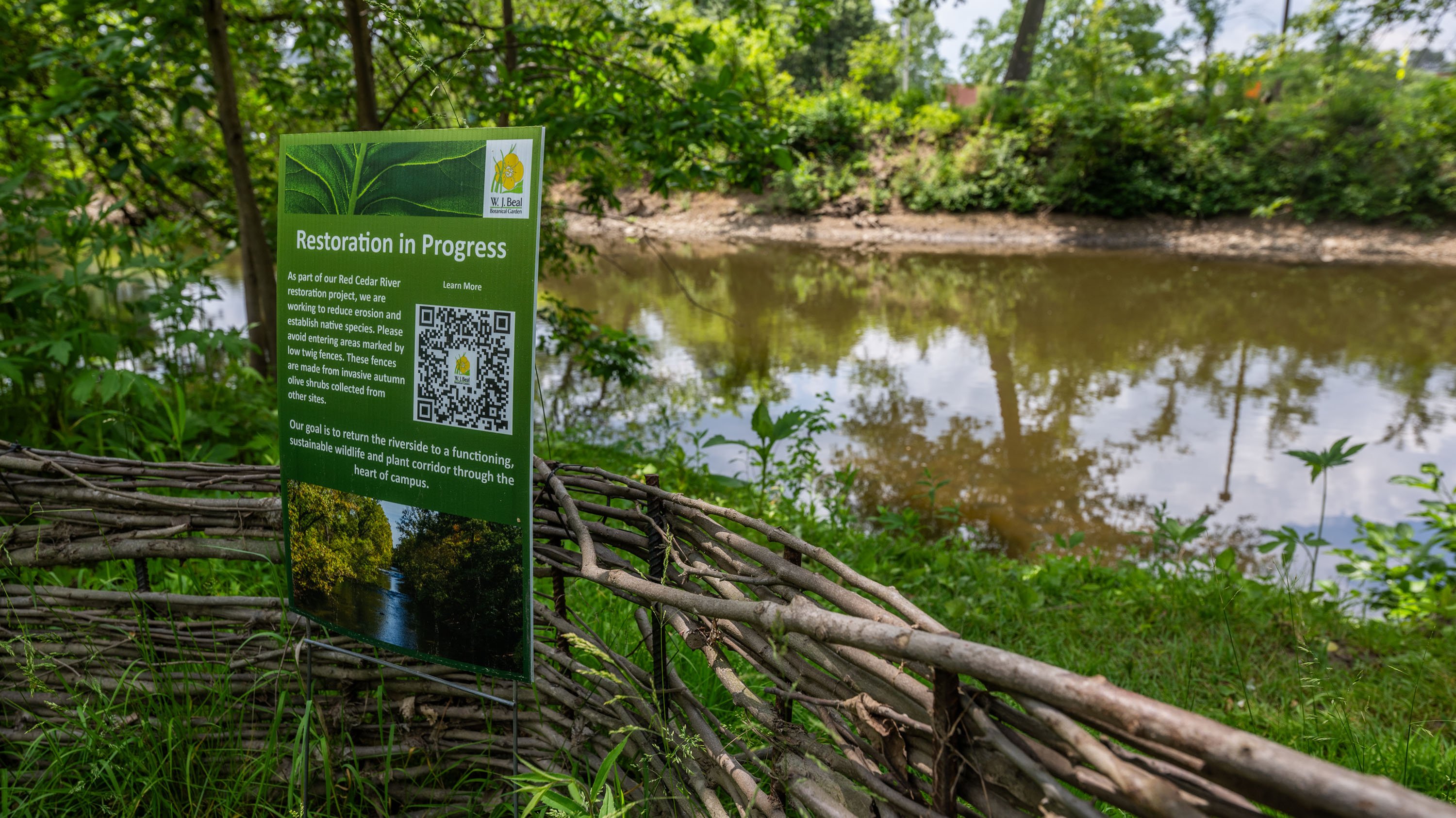












01 / 11
MEDIA CONTACTS
Collection
more content from this collection
The Week in Photos